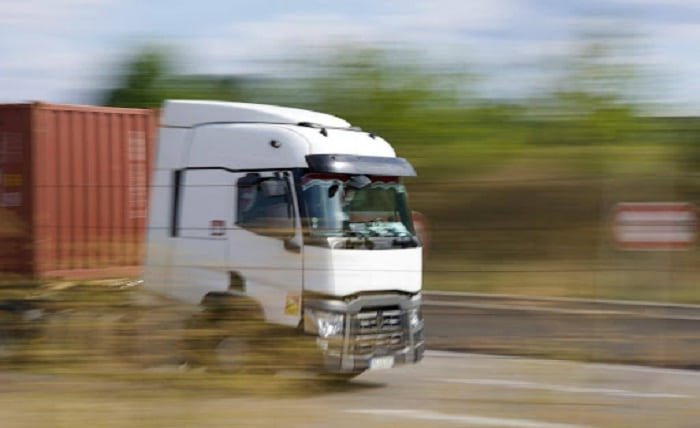What You Need to Know About Shipping Inoperable Vehicles

When most people think of auto transport, they picture running cars rolling on and off a trailer. But what if your vehicle doesn’t start? Maybe it’s a classic car being restored, a project vehicle bought at auction, or one that simply broke down and needs to be relocated. The good news is—you can still ship it. Shipping inoperable vehicles is not only possible, it’s a common service offered by many auto transport companies.
That said, transporting a non-running vehicle comes with a few key differences compared to shipping a fully operational one.
The first thing to understand is that “inoperable” doesn’t mean the car can’t be moved at all. It simply means it can’t be driven onto or off of the trailer under its own power. It might have engine trouble, a dead battery, or no wheels. As long as it can roll, steer, and brake with assistance, most transporters can handle it. If not, extra equipment or a specialized trailer may be needed.
In these cases, the carrier uses tools like winches, forklifts, or liftgates to safely load and unload the vehicle. Because this process takes more time and labor, expect to pay a higher rate than you would for a standard transport job. Typically, the added cost for inoperable vehicle shipping is between $100 and $200, though it may be more for heavier or difficult-to-handle models.
The type of transport also matters. Most inoperable vehicles are shipped using open carriers, especially if the car is a standard model or has cosmetic damage. If you’re transporting a valuable or delicate non-running car—like a vintage muscle car or an exotic model—you might consider enclosed transport to protect it from weather and road debris.
When booking transport for an inoperable vehicle, transparency is crucial. You need to clearly communicate the condition of the car with the transport company. Does it roll? Does it have tires? Are the brakes locked? Does it steer? The more the company knows upfront, the better they can plan—and the fewer surprises there will be on pickup day.
It’s also important to prepare the vehicle for shipping as best as you can. Remove loose parts, secure any panels or doors that might swing open during transit, and take photos documenting its condition. If the car has no windows or exposed interior areas, covering them with a weatherproof tarp can help protect from the elements during open transport.
Pickup and delivery logistics may also be a bit more complex. Carriers need flat, accessible space to use their loading equipment. If your location has steep driveways, limited access, or tight urban streets, you may need to meet the truck at a more accessible area.
Keep in mind that shipping inoperable vehicles can take slightly longer to schedule. Not all carriers have the necessary equipment, so it might take an extra day or two to match you with the right one. Booking in advance helps avoid delays.
Finally, as with all auto transport, make sure to review the carrier’s insurance coverage, check the Bill of Lading at pickup and delivery, and keep all communication documented.
Whether you’re moving a car that’s been sitting in storage, relocating a vehicle after a mechanical failure, or shipping a new project car to your garage, professional transport is a safe, efficient option. Just give the transport team all the info they need—and they’ll take it from there. And don’t forget to take care of the windscreens.




